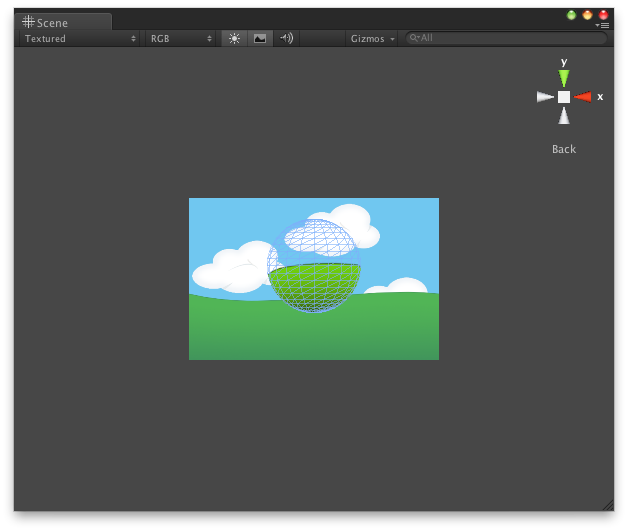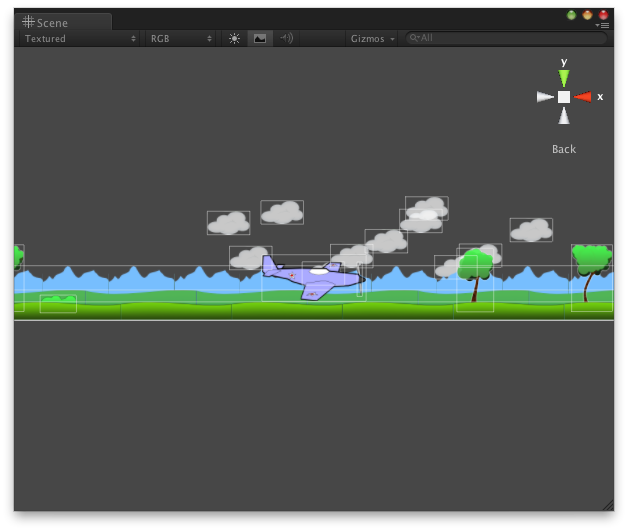 |
Thinkscroller Version 1.5
Reference Manual / API Documentation
|
 |
Thinkscroller Version 1.5
Reference Manual / API Documentation
|

This is the default mode of operation. It automatically creates a billboard (camera-facing mesh) and scrolls the UVs of a texture placed on it. Only orthographic cameras are officially supported in this mode.

If auto-billboard is disabled, Thinkscroller can scroll the textures on a mesh. To use this mode, disable auto-billboard, and then specify a mesh renderer to use. This mode can be used to scroll on custom meshes, or scroll multiple textures (in the same shader) at the same time, like normal maps or mask textures.

This is commonly used with a sprite management package. Object layers scroll the transform of an object instead of the UVs of a texture. As such, it is up to the user to manage any sprite tiling. A common workflow is to set up a sprite based layer under a parent object, and use an object layer to scroll the parent.